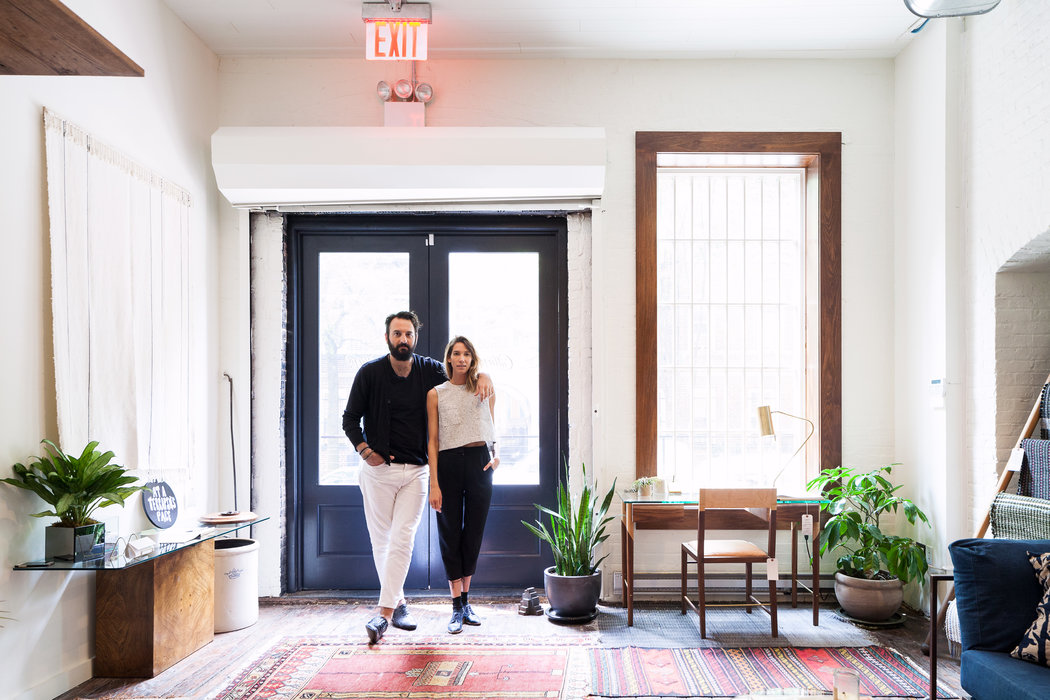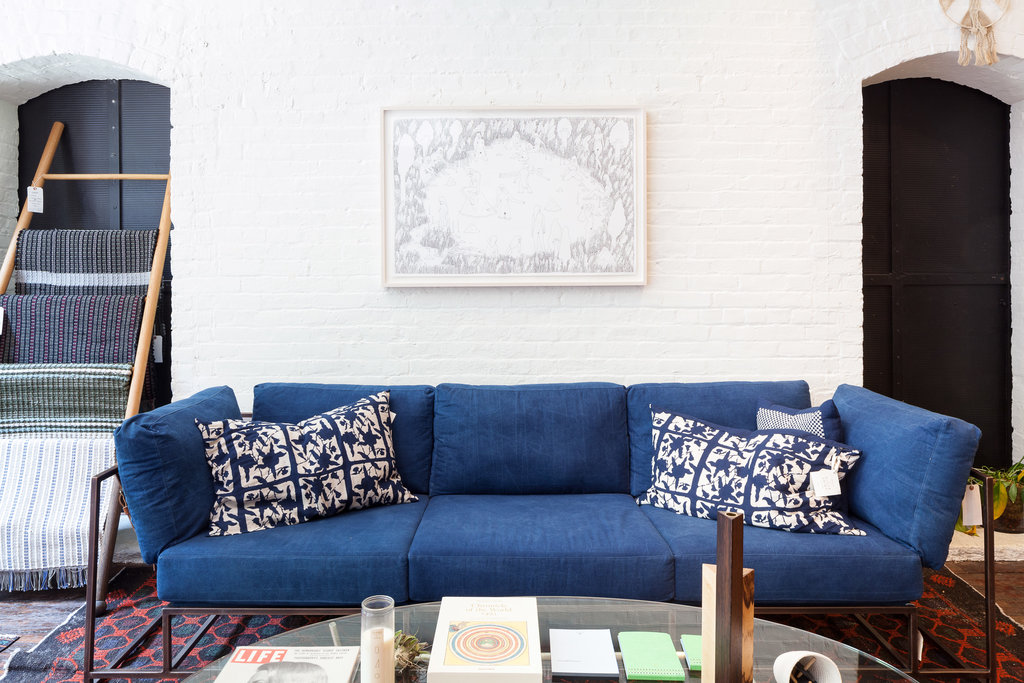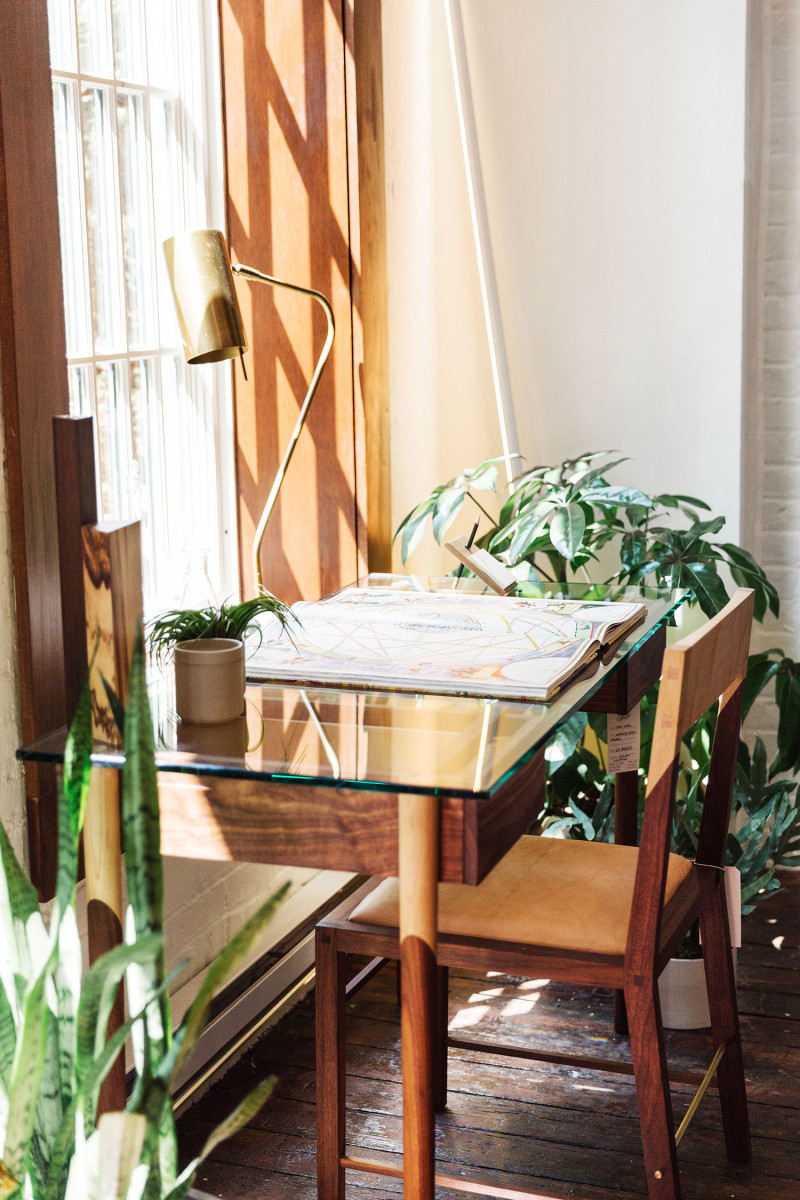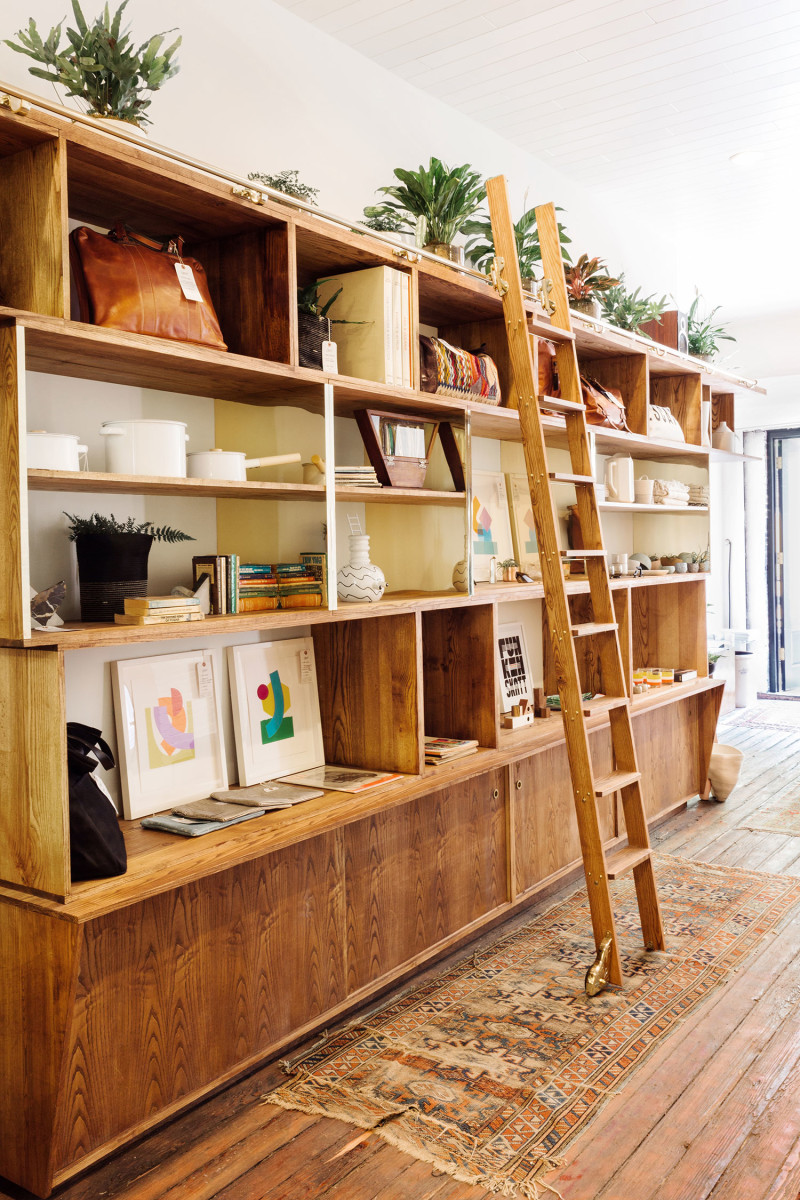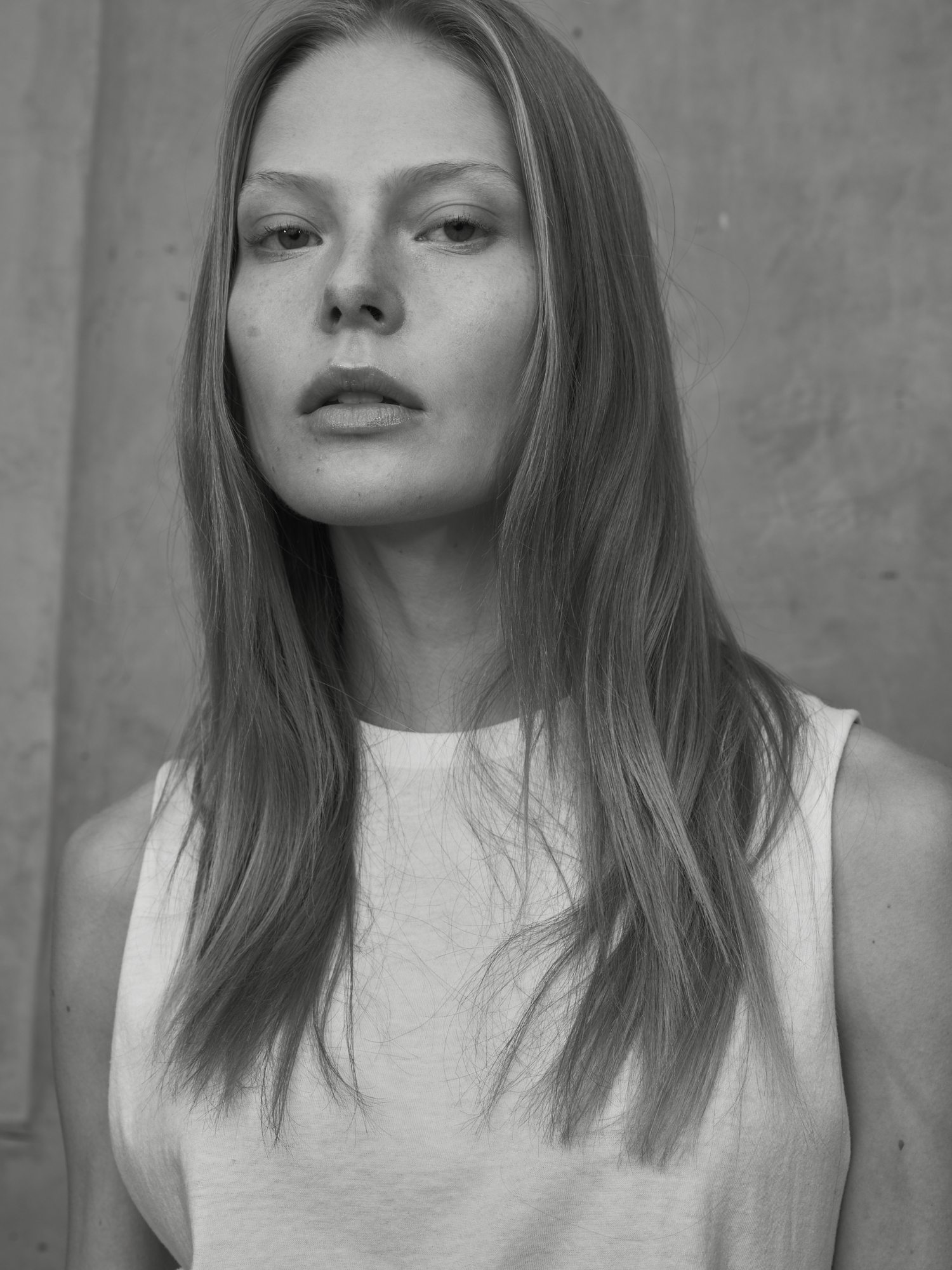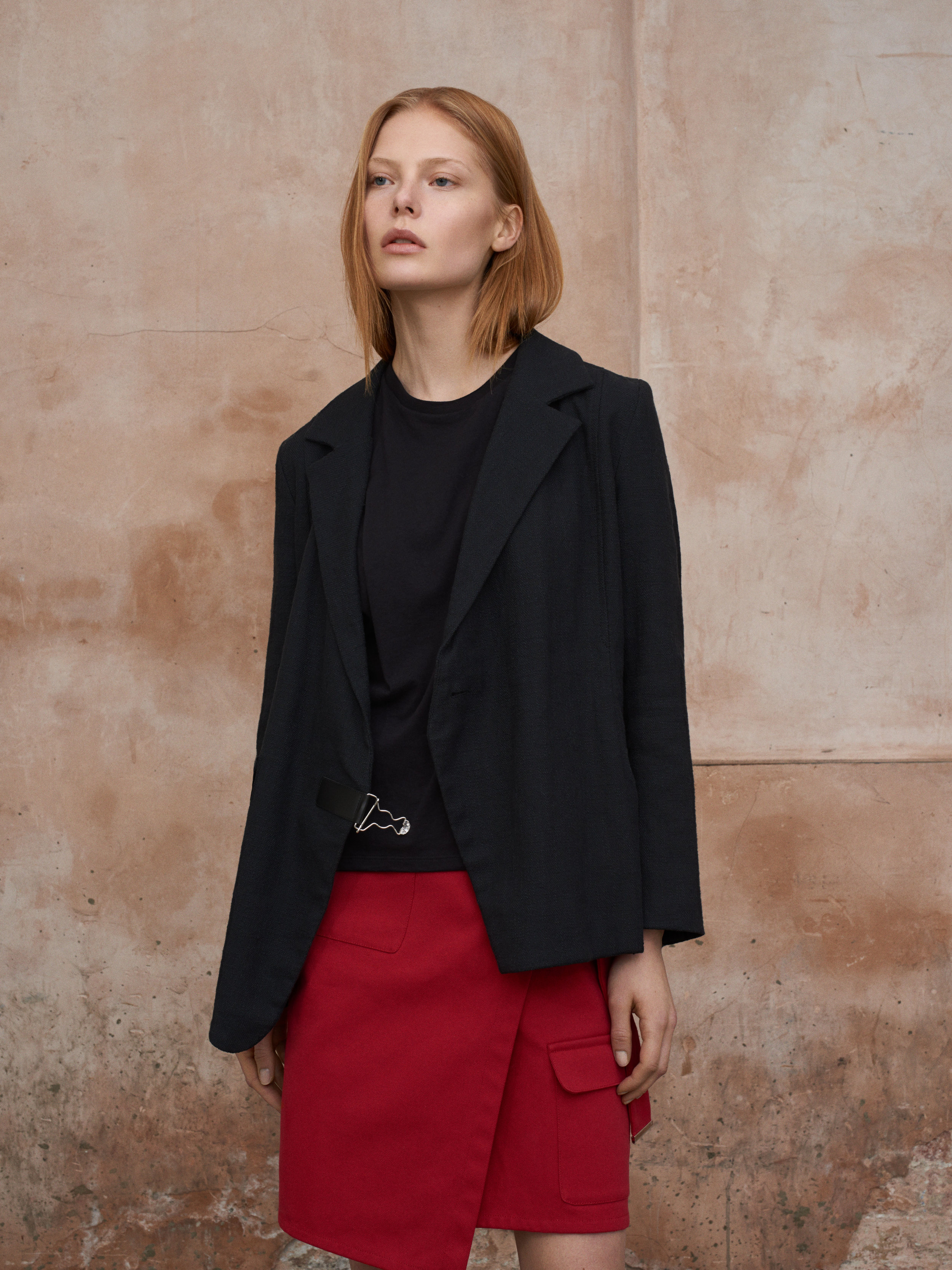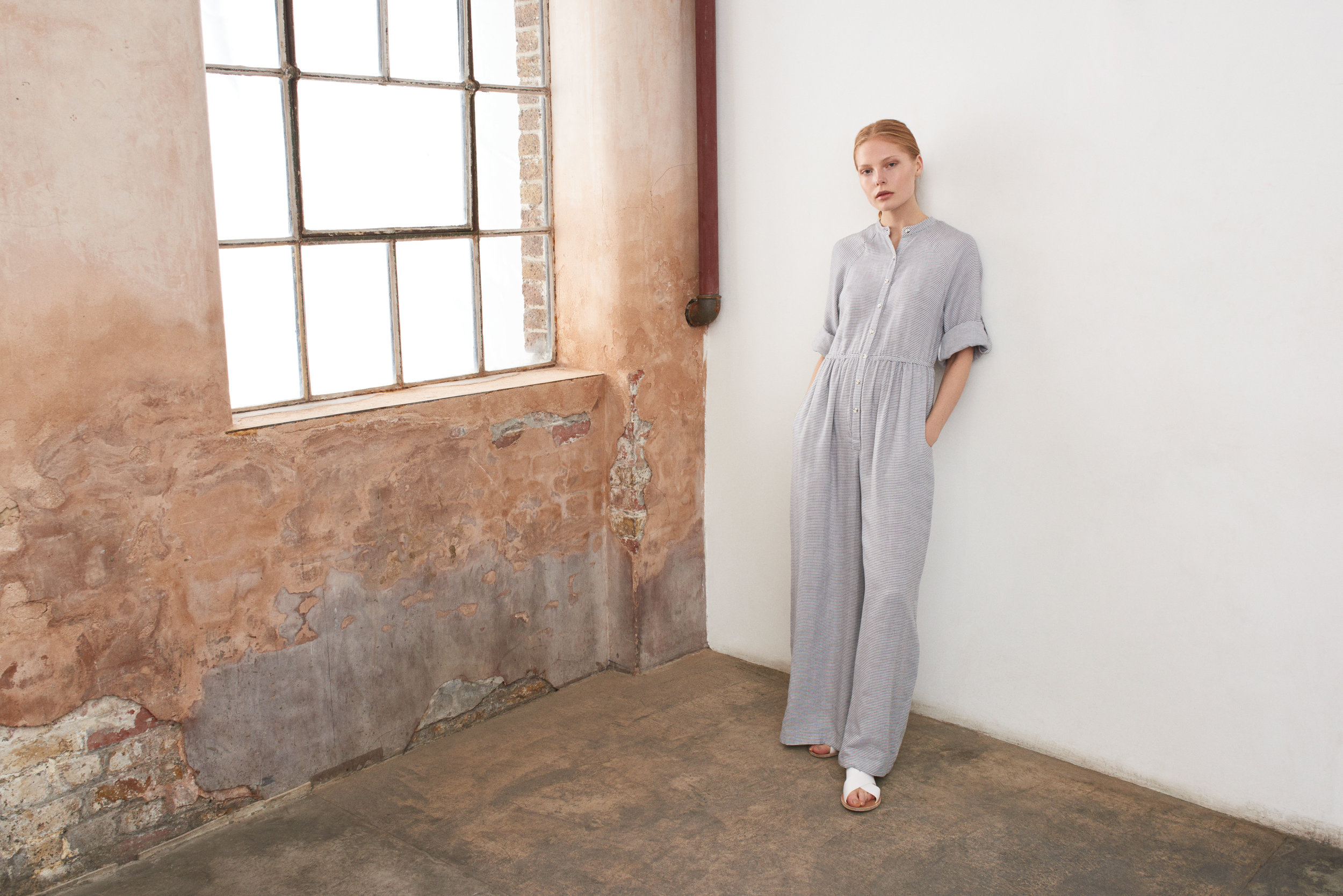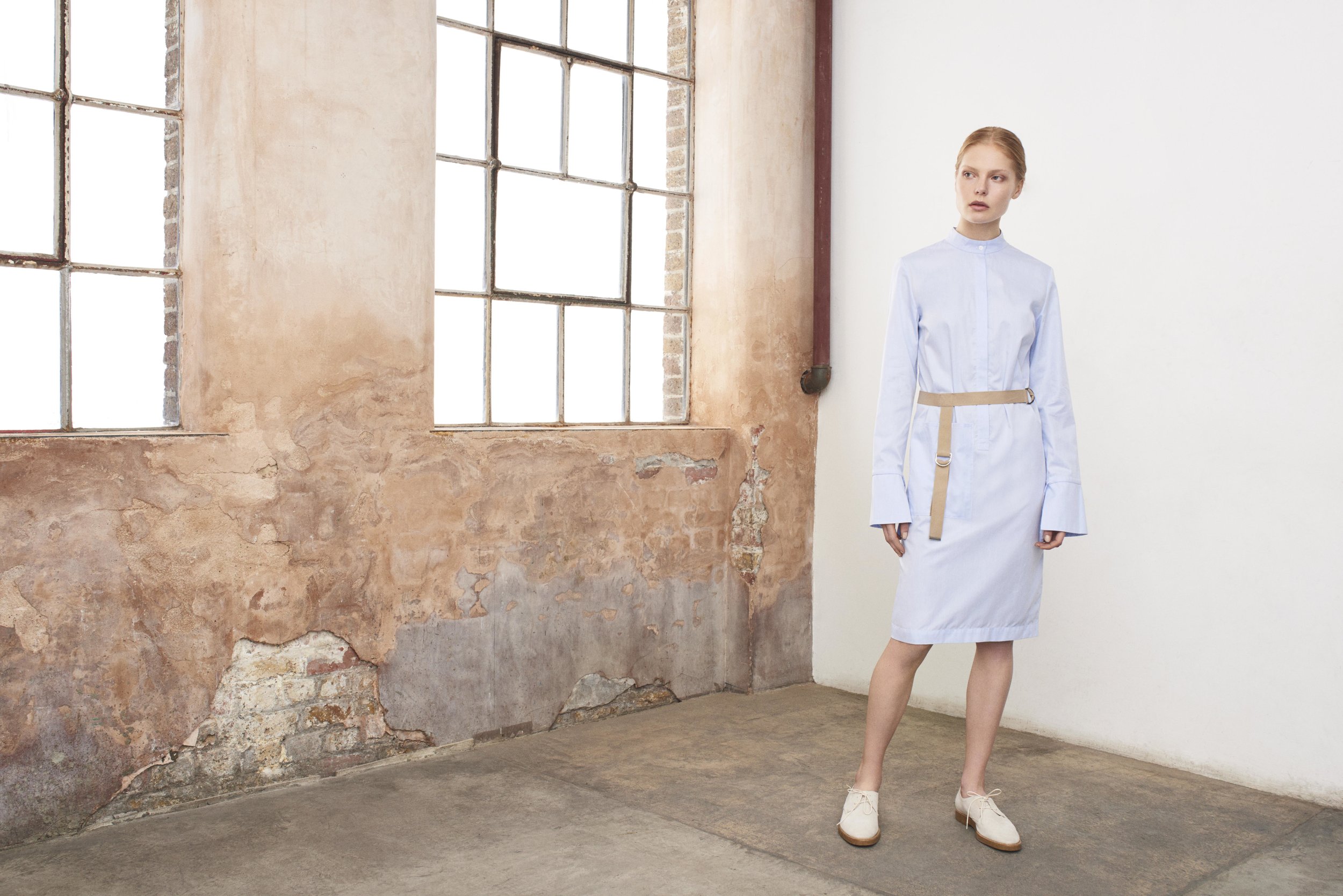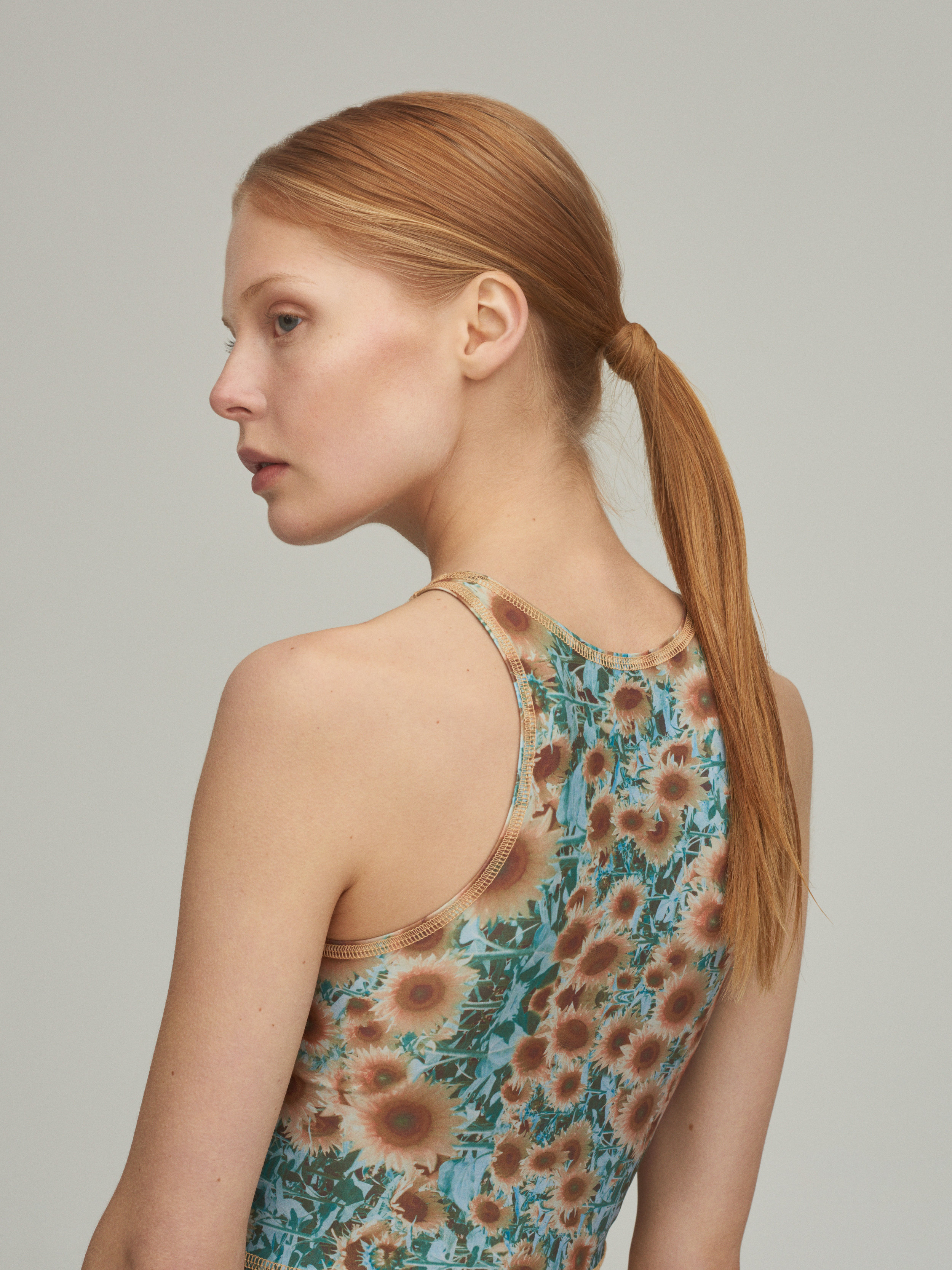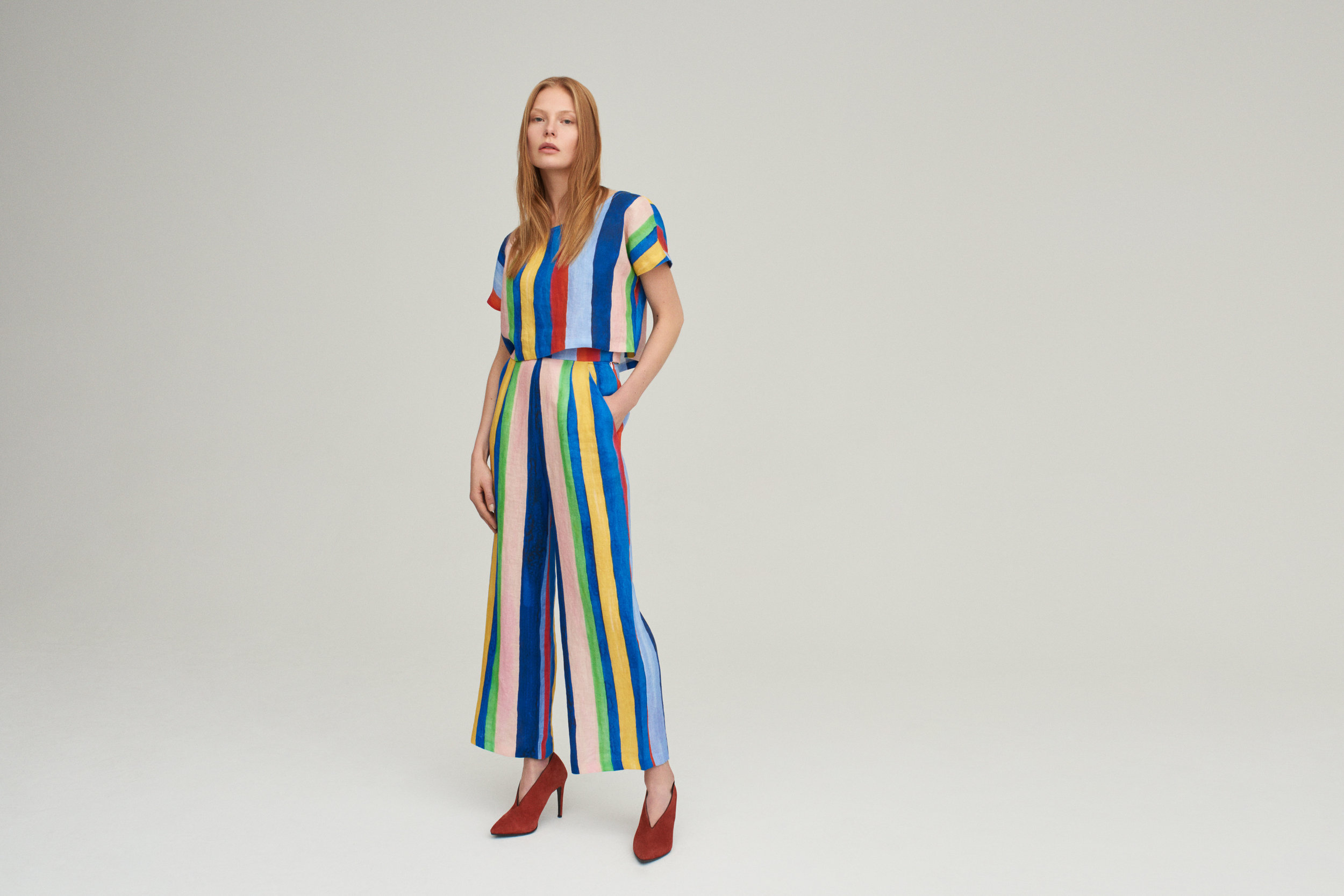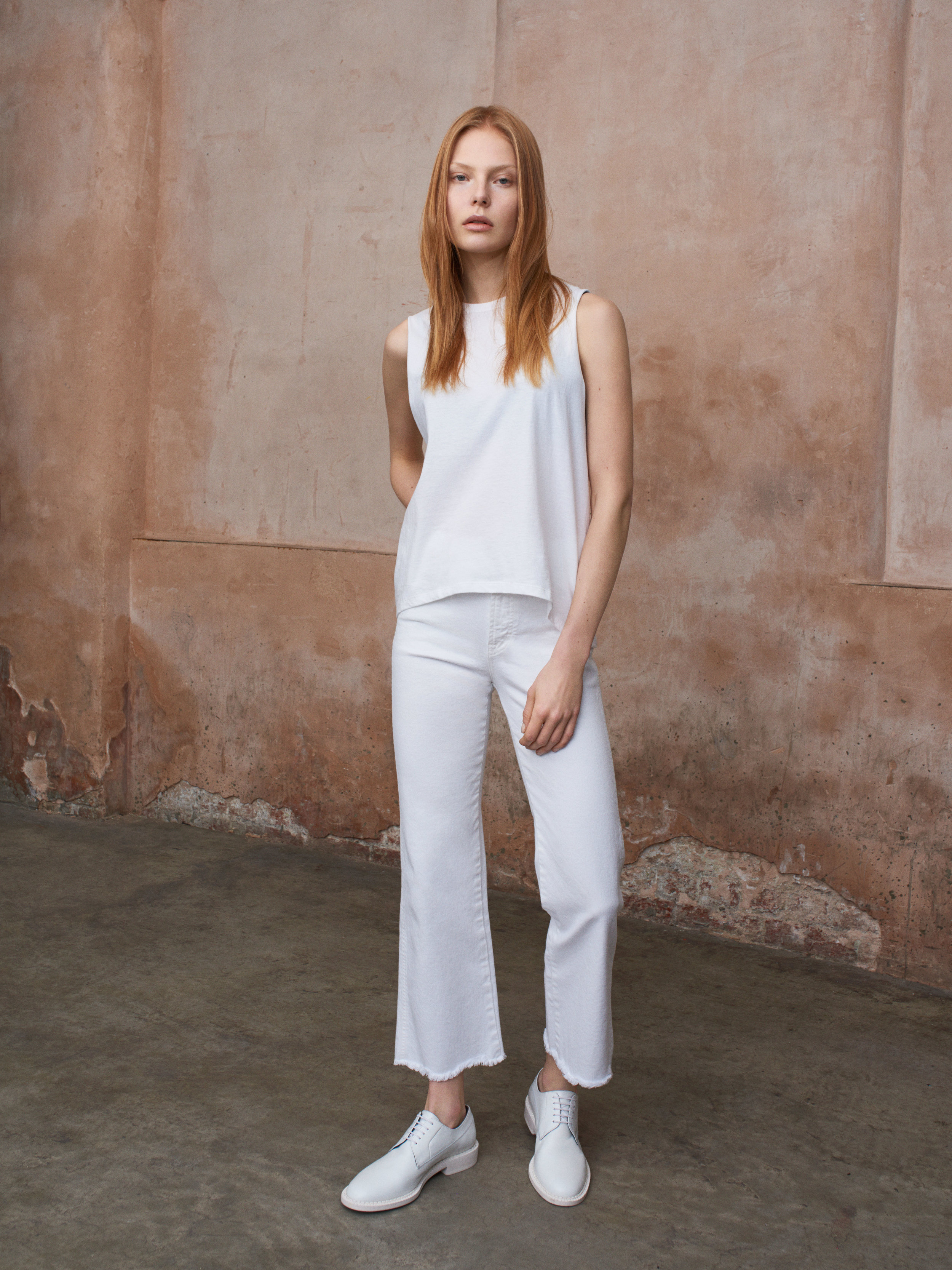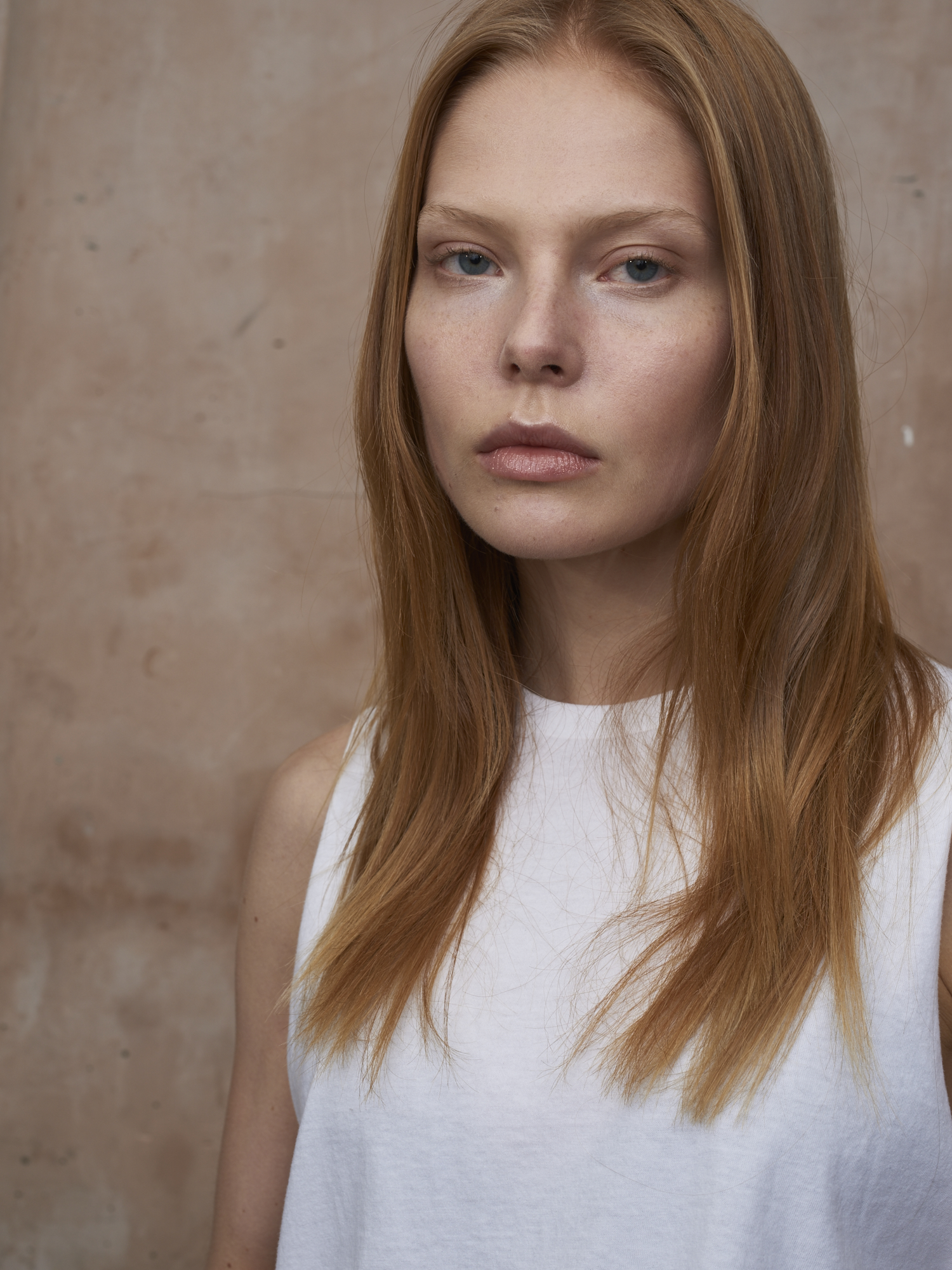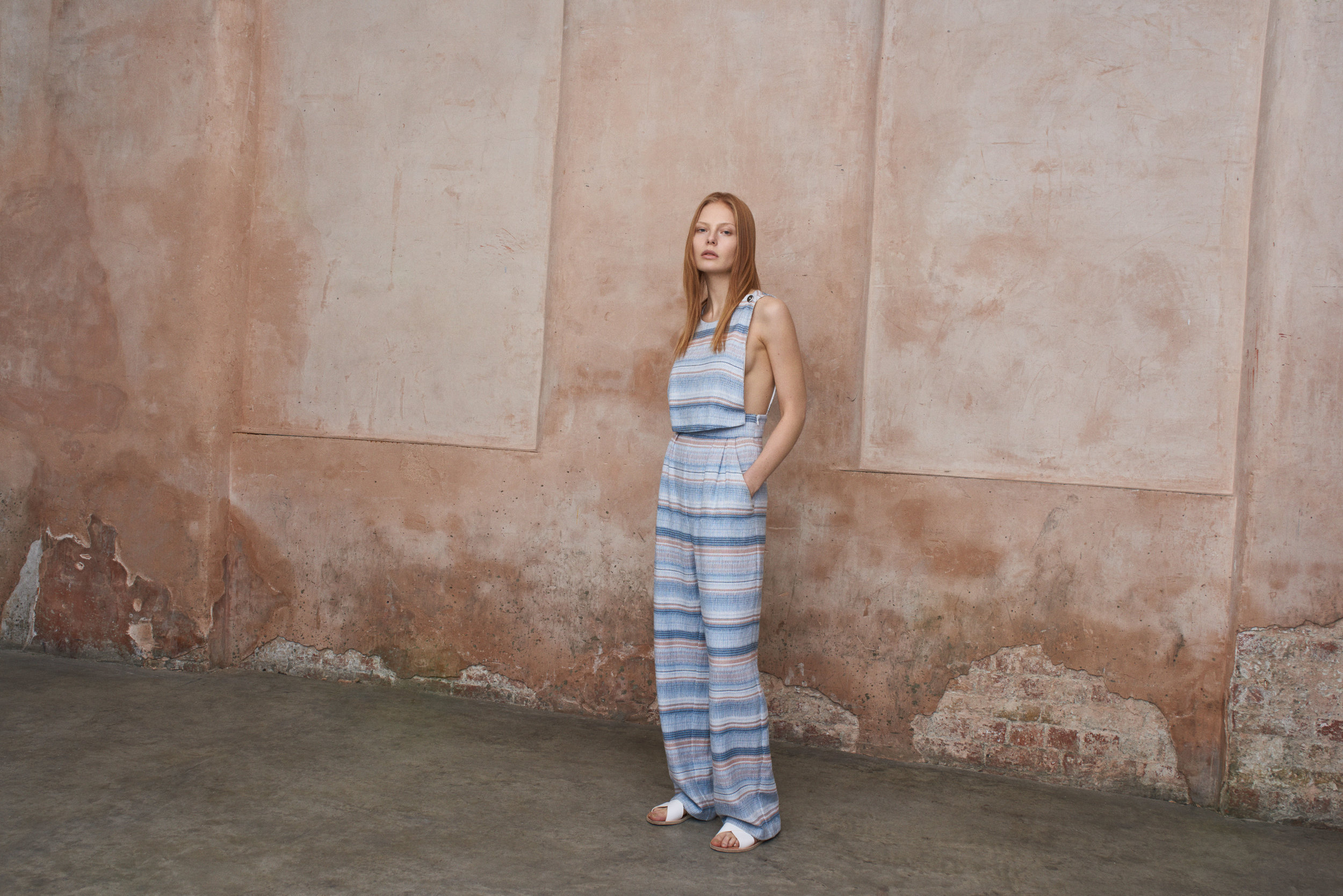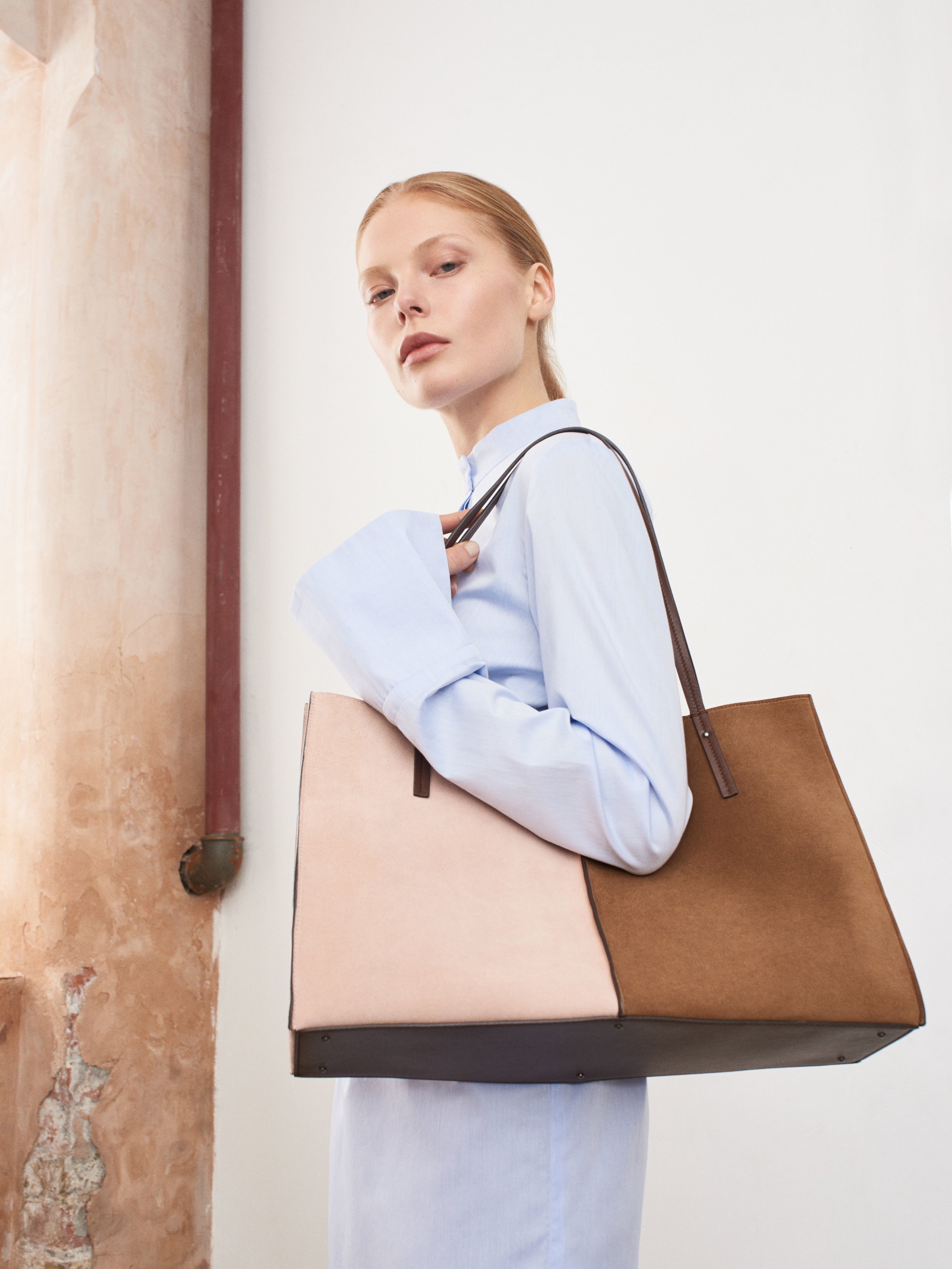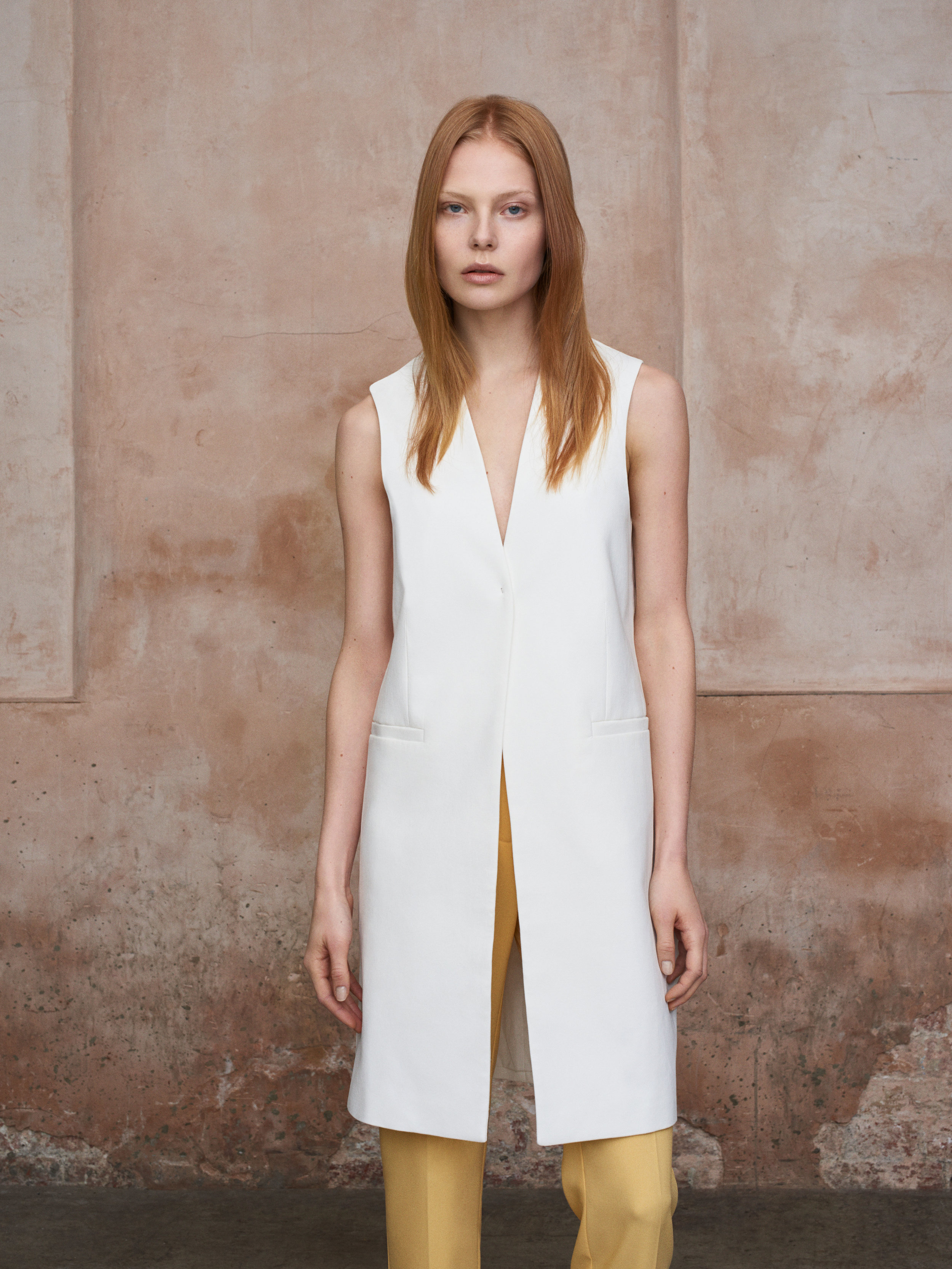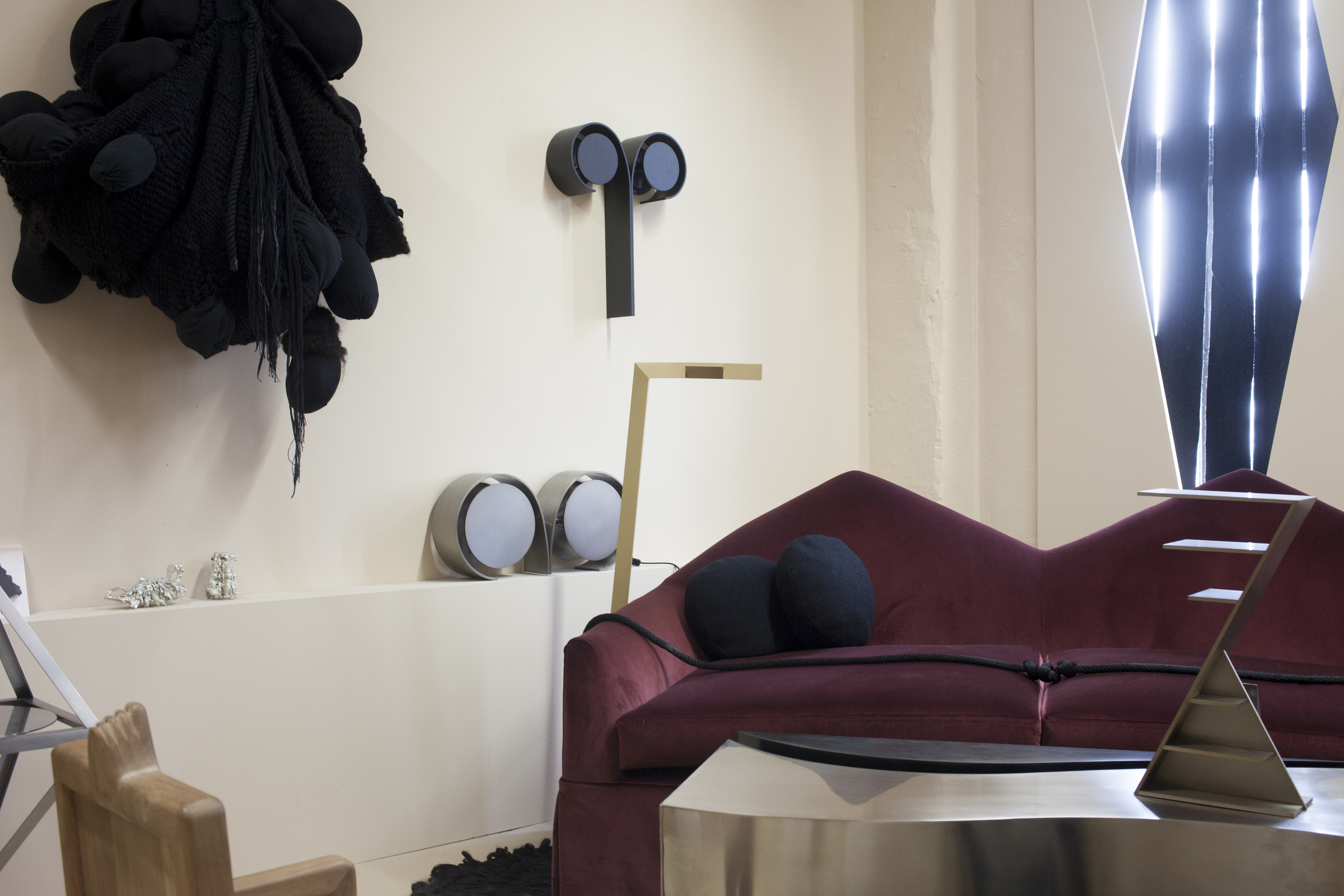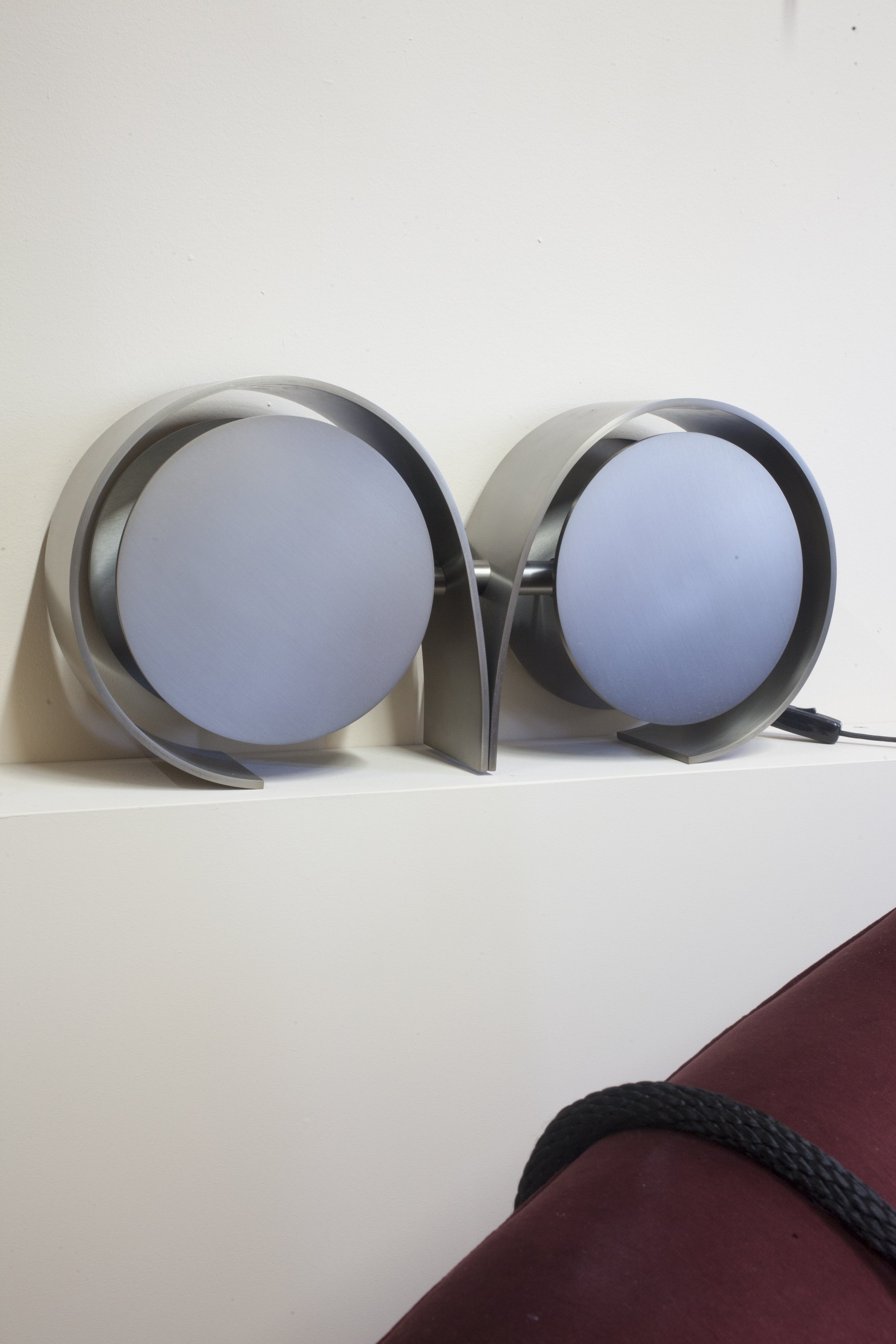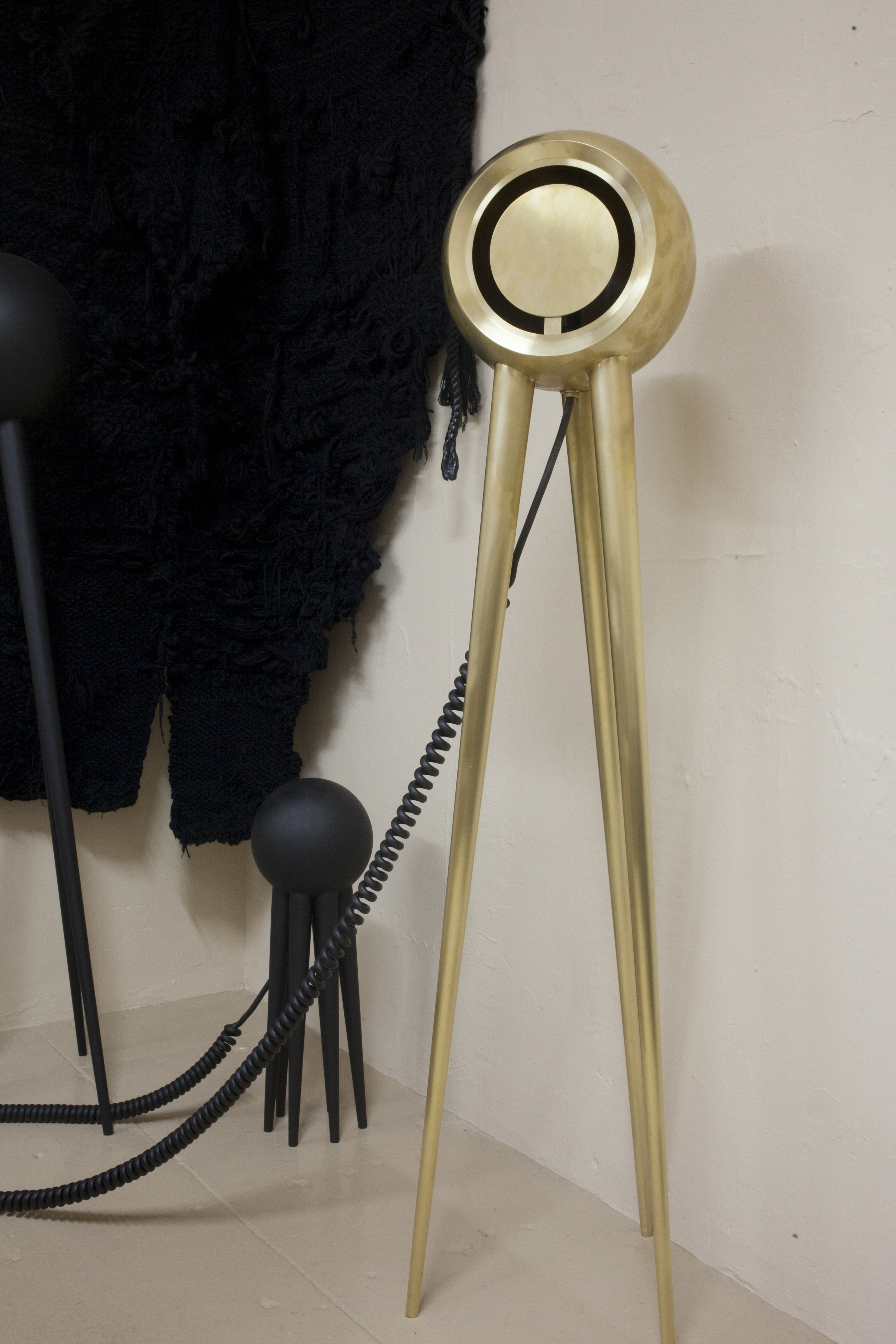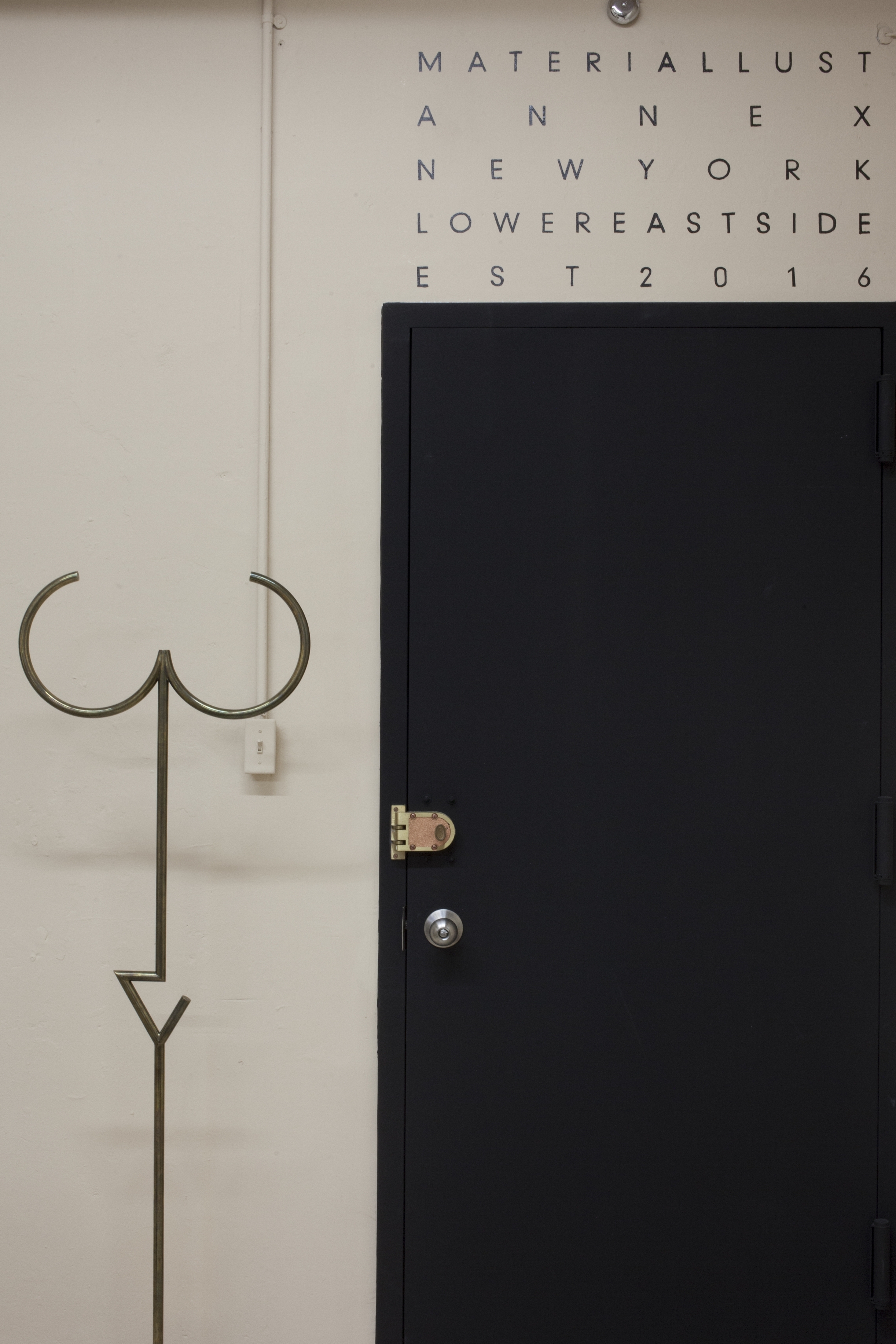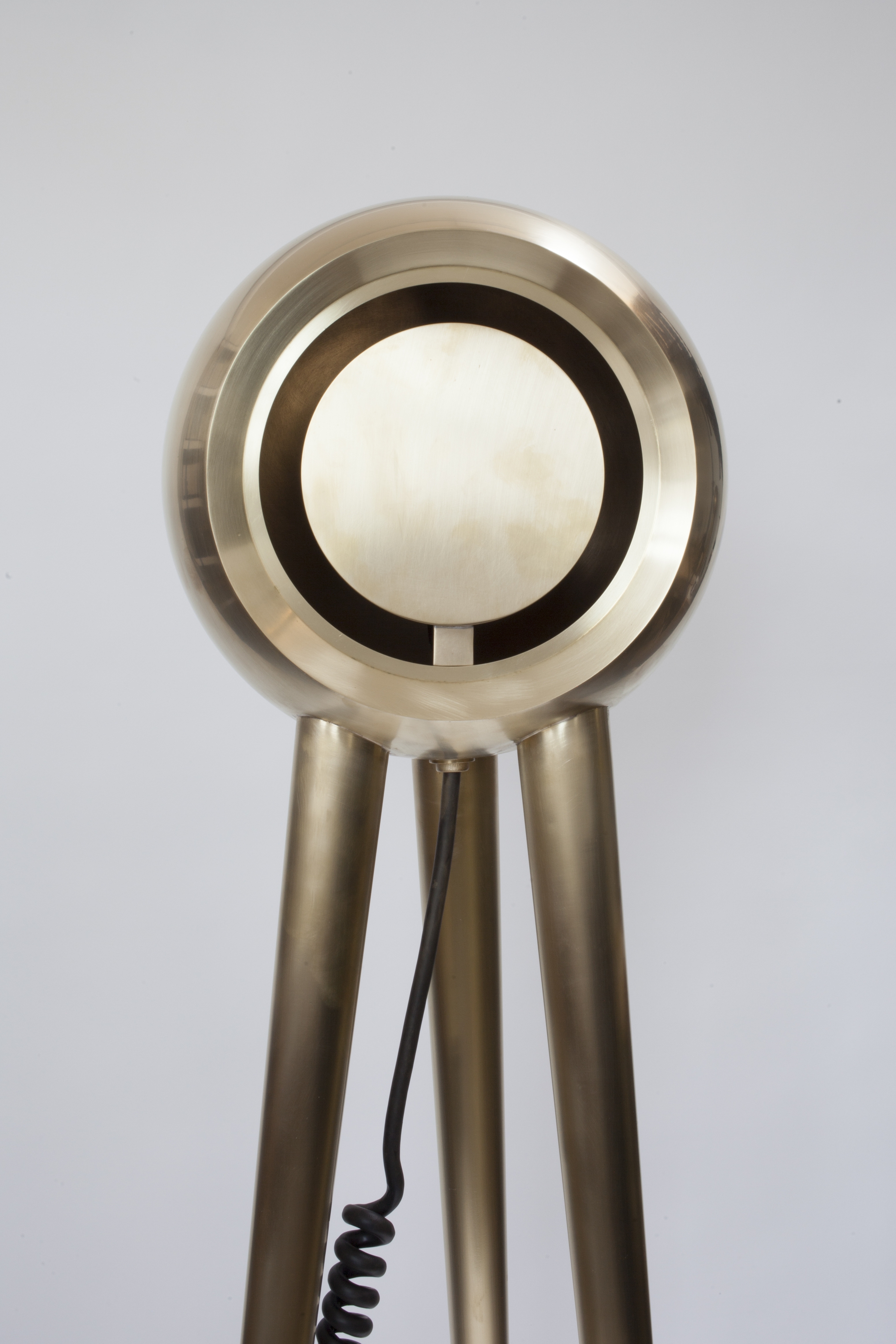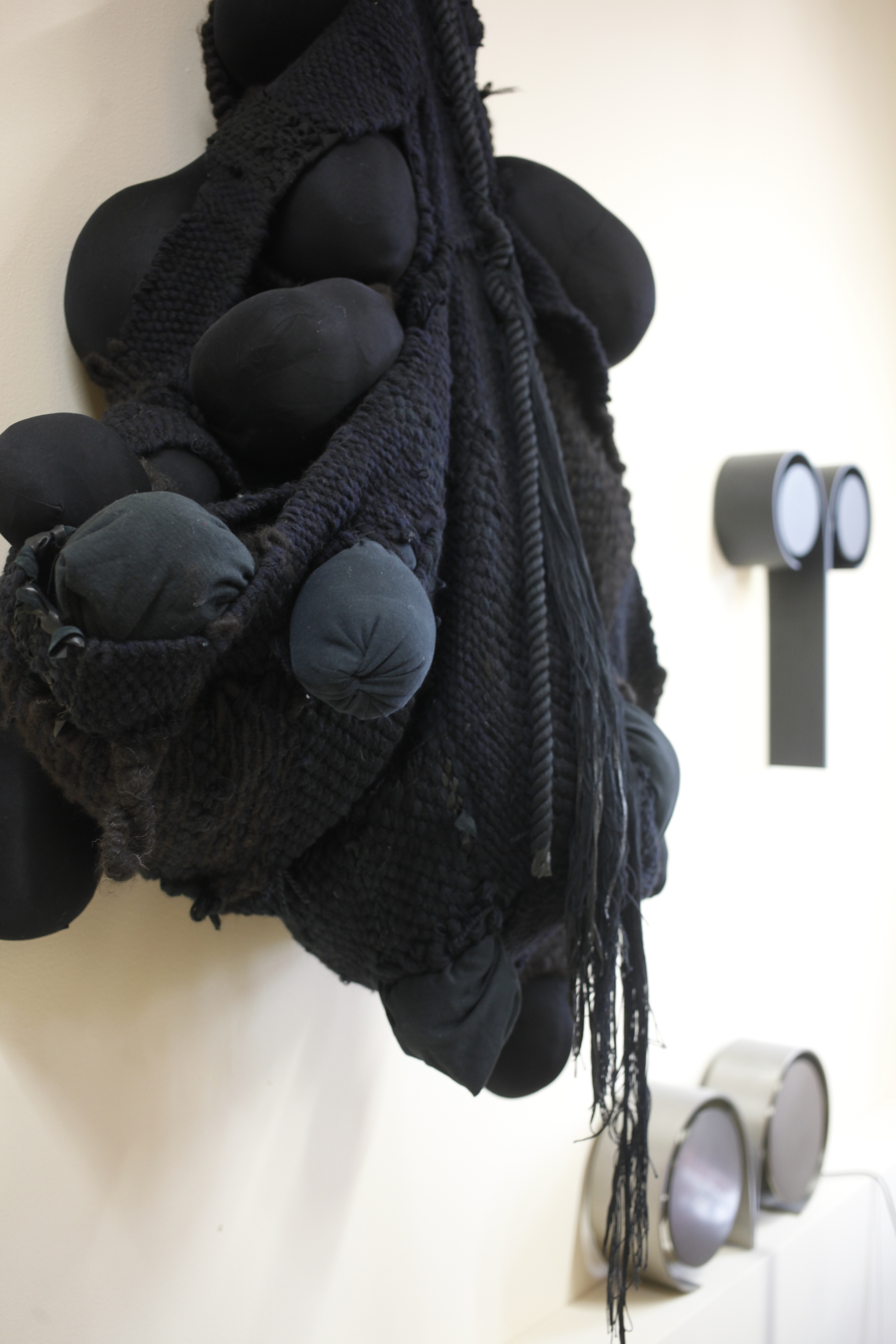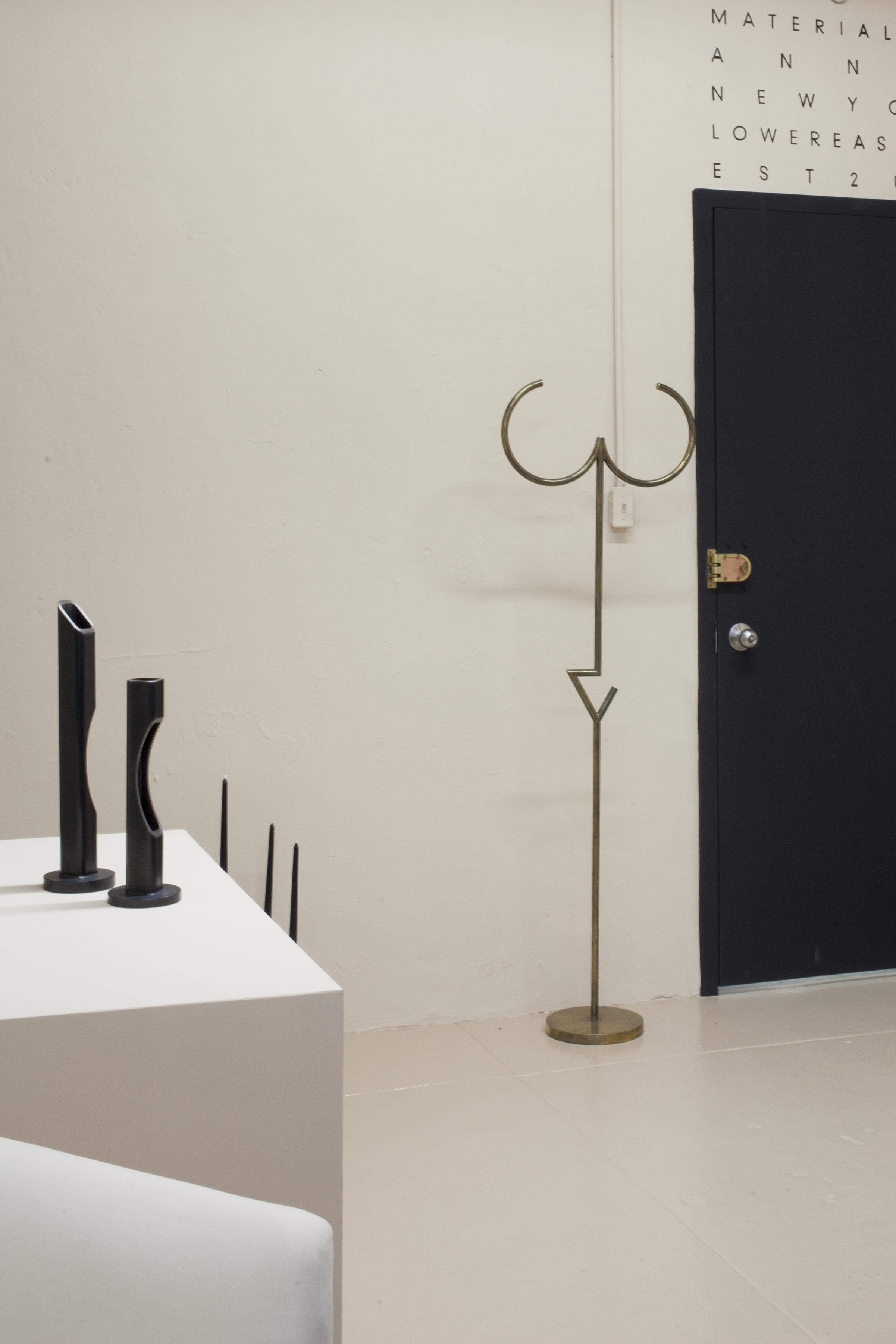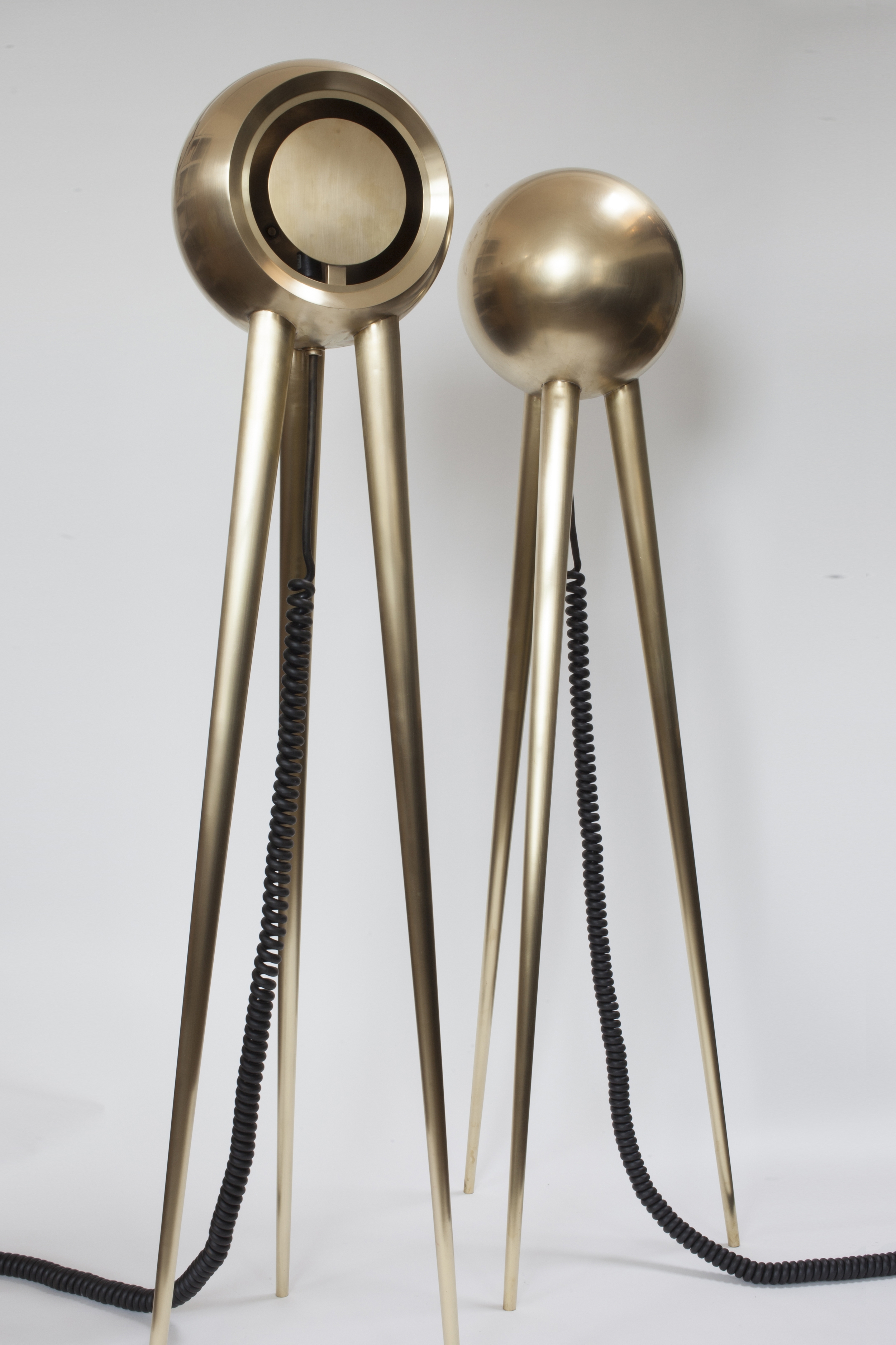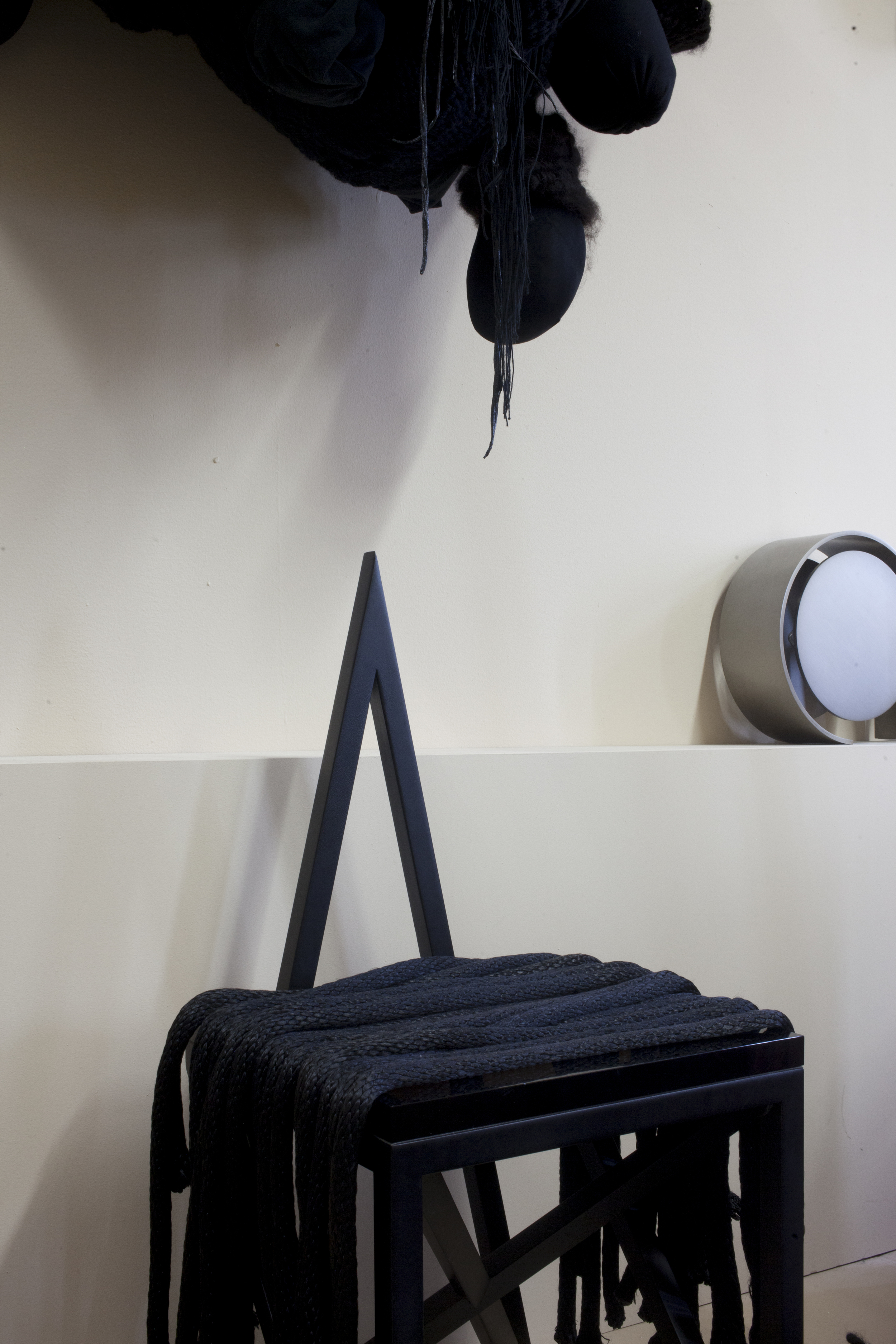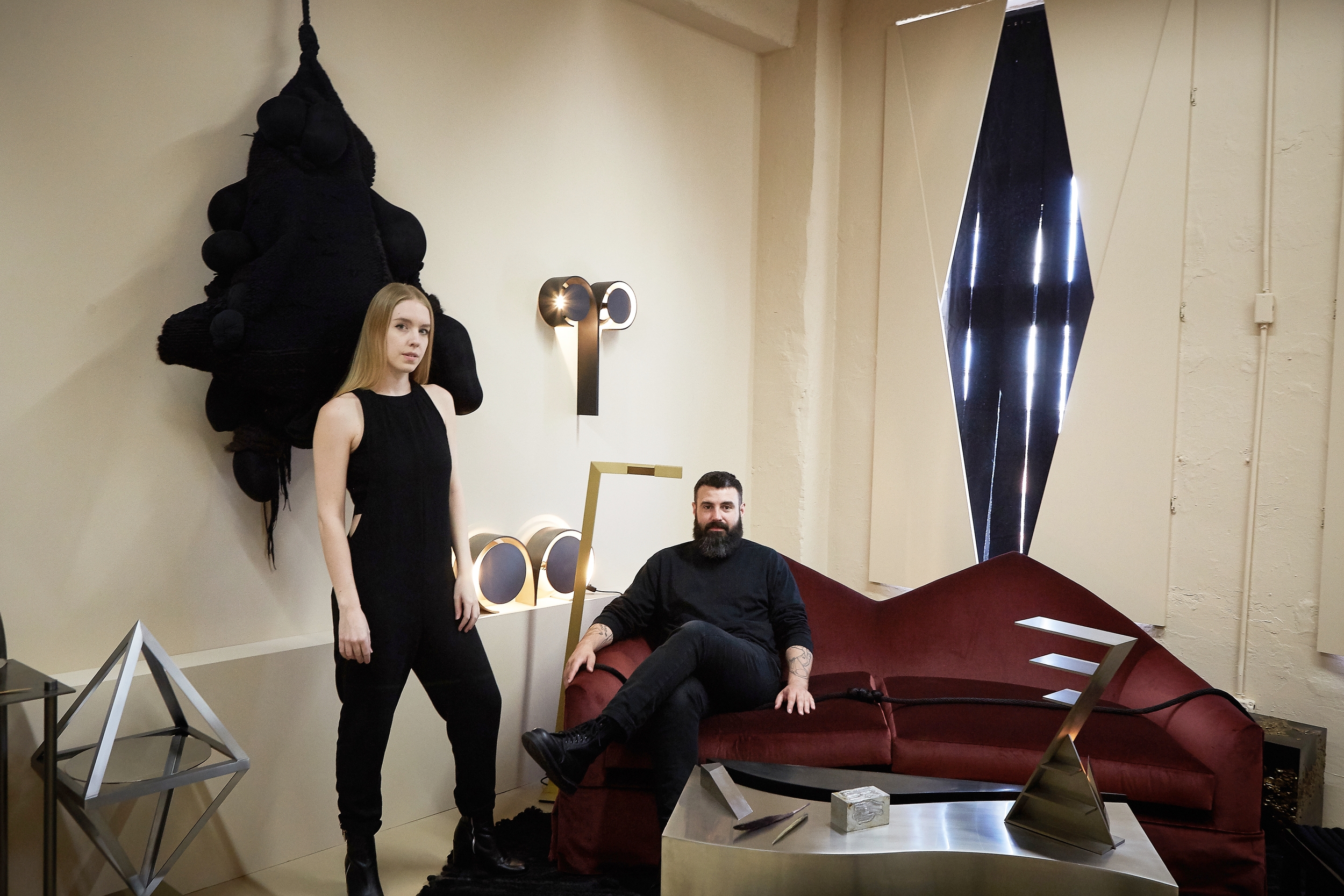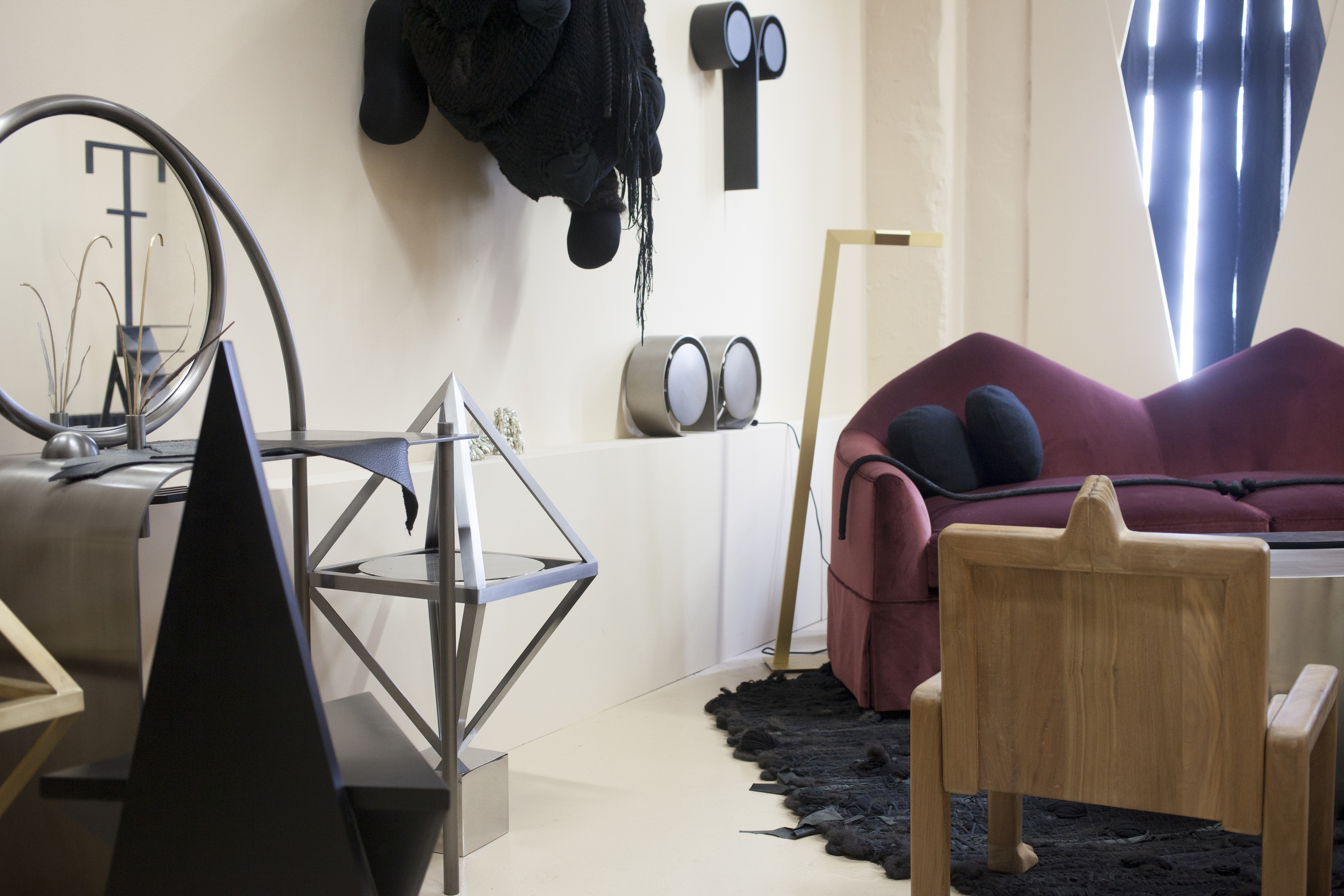'Two creatives, one an agency owner who moonlights as a healer and furniture maker, the other, founder of jewelry line BRVTVS, come together as a couple and as founders of Calliope, a sanctuary for found objects and cool vibes. Michael and Caroline Ventura, two of the most sincere and multi-talented individuals around, travel the world in search of things they like. The pieces are representative of some story, big or small and are given a home in the Ventura’s West Village store.'
C A L L I O P E | N E W Y O R K
An enriching experience curated by Michael & Caroline Ventura, a couple whose boutique CALLIOPE is rooted in thoughtfulness, design and community...
[ Sanam Miremadi ] How would you describe the aesthetic and inspirations behind your curation at Calliope?
[ Michael & Caroline Ventura ] Calliope is very much a reflection of things we like. It sounds simple, but everything in the store is hand picked and loved by us. Since it resides in the same building as our own home, the store's aesthetic reflects things that we're inspired by at the moment, or ojects from brands we are currently digging. There's not a direct mirror between our home upstairs and the shop below but the two have a general theme of "things that make us feel good".
[ SM ] Calliope comes across as much more than just a shop and rather an experience that is driven by lifestyle, culture and community. How much of your own personal experiences, lifestyle and inspirations are infused into the shop?
[ M&C ] Some of the first items we purchased for the store were pieces we found while traveling in Morocco. The store hadn't opened yet – we actually hadn't even moved into the building yet – but knew that one day we would have a space to share work from talented artists that we've come across through our own personal travels. We also develop great relationships with all the brands we carry and consider all of them our friends, so it's even more meaningful to carry their work in the shop.
[ SM ] What shop experiences do you seek yourselves outside of Calliope and want do you aspire to provide/create for your own clients?
[ M&C ] Shopping shouldn't be fussy or intimidating. We hate going into stores that feel sterile or make you feel ignored while you are there. We really try to create a comfortable environment for our customers. We want to get to know you; who you are, what you like. We love when people come into the shop to just hang out on the couch, or come visit with our dog.
[ SM ] Absolutely love that Calliope offers "Field Trips", which outside horrible singles events is a thoughtful activity not easily found as an adult... this also ties back into communicating and building lifestyle and community at Calliope. Can you share what these field trips are and what inspired them?
[ M&C ] You don't always want to buy yourself or someone else a "thing". It's so much fun to get outside and experience something you've never done before or learn the basics off a new craft. It's a great way to open up the world of some of the artists we carry. You can visit their workshop and have them guide you in carving a spoon (our woodworking field trip with Anthony Zollo), or learn about the indigo dying process and the art of Shibori (on our indigo field trip with Curious Corners), or even just learn to get introspective with yourself and the universe (our astrology readings with John Sultana).
[ SM ] What has your experience been creating and building Calliope together, how has it impacted your own personal partnership?
[ M&C ] We've both learned how the be a little more gentle with one another and how to give constructive criticism. It's difficult to not take things mega-personally when working with someone you are so close with, but we've gotten pretty good at softening our words with one another when we disagree or have a difference of opinion, which has carried over into our personal time with one another as well.
[ SM ] How shared is your aesthetic and vision? Is it overall collective or do you see distinct pieces of you both individually coming together to create Calliope?
[ M&C ] We're pretty aligned most of the time. Both of us bring a nice balance between masculinity and feminine touches. We have a rule that we both have to really love an object if we're going to carry it, but occasionally one of us will love something way more than the other and someone has to concede. Michael is still "I-told-you-so-ing" about some vintage Japanese fiberglass trays that I was sure no one would be into. He loved them and I didn't. They sold out our first weekend open.
[ SM ] What are your aspirations for Calliope in 2017?
[ M&C ] We're getting into showcasing larger furniture as well as our smaller offerings. Bringing in some new exclusive pieces to the shop, and hopefully creating some more Calliope branded goods.
WORDS/INTERVIEW | Sanam Miremadi [ ChloeTouran ]
BOUTIQUE | Calliope New York, NY
QUOTE | Tara Lange via TrendLand
IMAGES | Nicholas Calcott & Calliope

